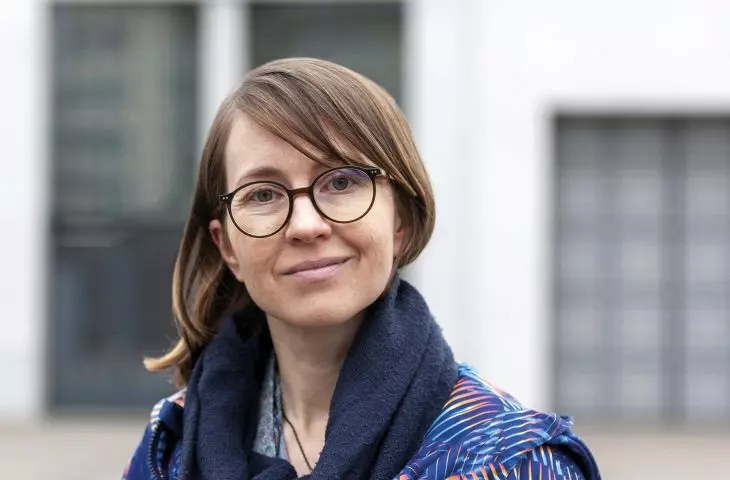The end of December - because that's when we finished preparing the January issue - is the best time for all kinds of summaries. And like every year, we ask practitioners and architecture critics to write what they consider a success and what they consider a failure in a given year. We do it in the convention of Sink or Soar. We give our Authors total freedom of expression and do not moderate this discussion. Rather, we are very curious about it.
Previous episodes of the series featured:
- Oskar Grąbczewski - architect, OvO Grąbczewscy Architekci studio
- Filip Springer - reporter and photographer
- Hubert Wąsek - president of SARP Częstochowa Branch
- Maciej Franta - architect, founder of Franta Group Architects studio
- Marta Sekulska-Wronska - architect and partner at WXCA studio, president of OW SARP
- Tomasz Malkowski - architecture critic
- Małgorzata Kuciewicz and Simone De Iacobis - Centrala Group
- Wojciech Januszczyk - landscape architect and founder of the Landscapes Foundation
- Marek Kaszyński - president of SARP Krakow Branch
- Monika Arczyńska - architect (A2P2)
- Jakub Szczęsny - architect (SZCZ)
Joanna Erbel in Sink or Soar in 2022 from A&B 01|2023 issue
After a tough 2022, we need good news, so I'll focus on it. The hits of the past year for me are, first of all, the increasing presence of projects introducing greenery into cities, especially biodiverse greenery, which strongly deviates from the dominant ordered nature that has accompanied us since the transition. Here two projects seem symptomatic to me: The New Neighborhood Square on Warsaw's Defilad Square and the appearance of more Miyawaki woods on development estates in Poznan. The former involves the introduction of three hundred and fifty plant species into a splattered section of a concrete square. It's part of the "Defilad Square" project run by the Studio Theater in cooperation with the Management of the Palace of Culture and Science, curated by Aleksandra Litorowicz and Bogna Świątkowska; designed by A-A Collective, Pracownia Architektury Krajobrazu. The creation of a plant sanctuary in a representative square is a symbolic gesture showing the future of the capital's representative places, which will slowly transform from concrete deserts into spaces open to nature. The ambition of this project is also to create a place that encourages us to broaden our thinking about urban citizenship and open ourselves to a vision of a community composed not only of us humans, but also the nature that surrounds us. The New Neighborhood Square is also a symbol of openness, hospitality and readiness for change.
Preceding and hitting 2022 is the growing popularity of pocket forests, planted using the method of Akira Miyawaki, a Japanese botanist and plant ecologist. These are, in practice, very dense pocket parks. Forty types of trees and shrubs are planted on 500 square meters of land, successively forming a mutually supporting ecosystem. As a result, the plants grow faster. In Poland, oak, linden, pine, rowan, hornbeam, hawthorn, maple, poplar, calla or willow grow in such forests. And fruit trees, such as pear and apple trees. Poznan developers are the leaders here, with the first Miyawaki forest established in 2021 at a housing development built by UWI Inwestycje. The trend has caught on and it is a success that more are being built in 2022. They are promoted by Dr. Kasper Jakubowski, landscape architect, educator and president of the Children in Nature Foundation. Miyawaki forests have a chance to repeat the success of flower meadows and become a permanent part of developments, both public and commercial. In addition to their natural values, both projects show us in practice that a resilient ecosystem relies on multiplicity and diversity. This sends a very different message than lonely trees in concrete or rows of thuyas.
Joanna Erbel
urban activist, housing expert, political activist, sociologist, member of CoopTechHub















